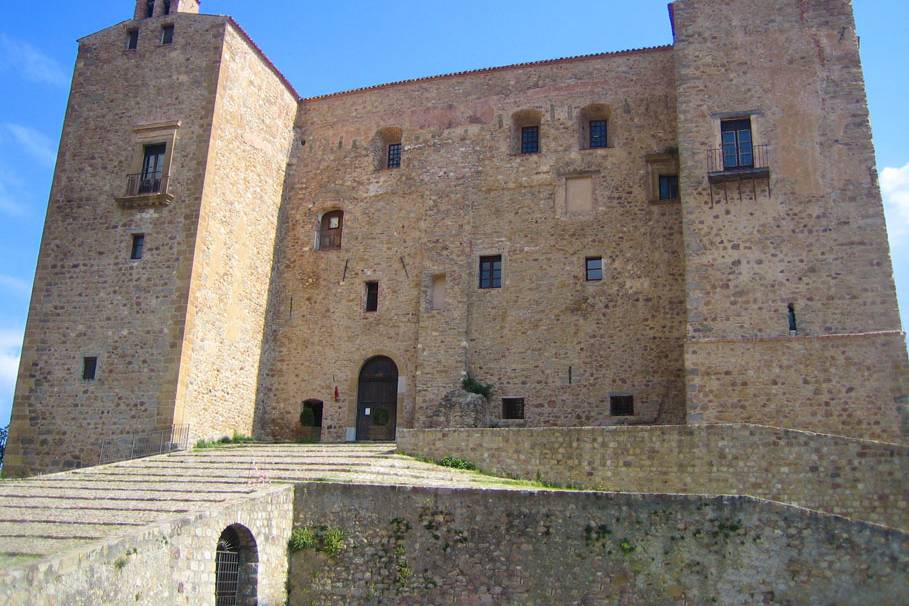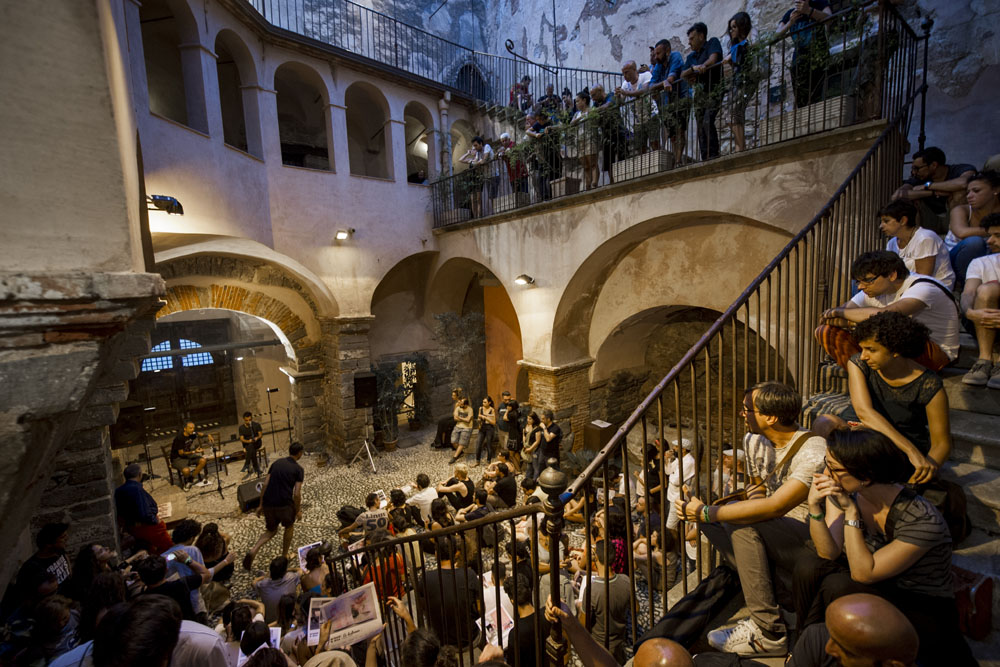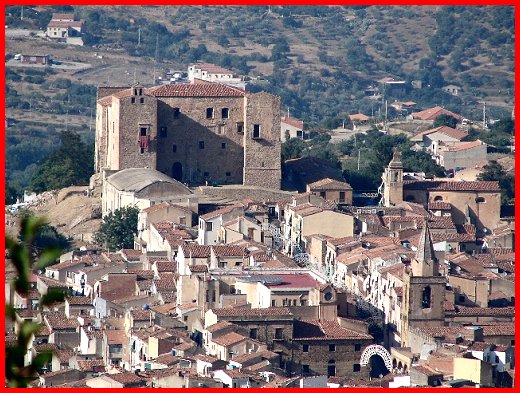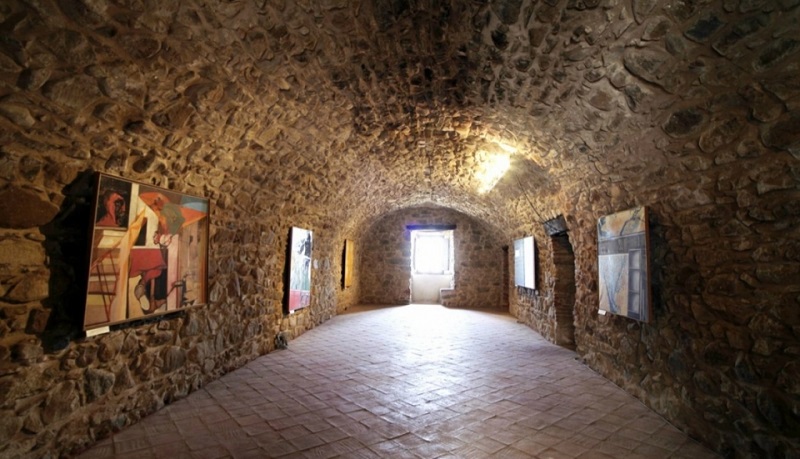


The Museum's headquarters, the heart of Castelbuono: the Ventimiglia Municipal Castle.

Anno incarnati verbi MCCCXVI Ind. XV Regnante gloriosissimo domino nostro rege Friderico rege Sicilie anno regni sul XXI. Nos Franciscus comes Vintimili Yscle maioris et Giracii dominus utriusque Petralie incepimus hoc Costrum Belvidiri de Ypsigro in Christi nomine edificare.

("On the year of the Incarnate Word 1316, reigning the most glorious Frederick (of Aragon) king of Sicily, we, Francis Count of Ventimiglia, d'Yscle maggiore and Geraci and lord of the two Petralie, began to build Belvedere Castle of Ypsigro in the name of Christ.")

Started to build in 1317 by Count Francesco I Ventimiglia on the hill of San Pietro d'Ypsigro, hence the appellation "Castle of the good air," from which Castelbuono took its name, in the complex of the structure was incorporated a Byzantine "fort".
During the seventeenth century radical transformations were made for needs of ability, being moved there from Palermo some families of the Ventimiglias; moreover, it never had strategic purposes, due to its geographical position in the valley.

The original architecture is not easy to identify; and it came with Swabian-Norman-Arabian compositional features: the "cube" shape it demonstrates, recalls Arab architecture, the "square towers"-although incorporated those of the elevation, but behind were isolated-reflect Norman architecture, the "cylindirca tower" expresses Swabian architecture modules.

The "Ghibelline battlements" with "swallowtail" were demolished in 1820, as they were dangerously damaged by the earthquake that struck the Madonie, and Castelbuono severely. An "underground tunnel" communicated with the 1322 church of St. Francis, located at the top of the town. Secret stairways were discovered between the thickness of the thick walls that intercommunicated with the various floors. Rooms on the floor and in the basement take us back to feudal rule: cramped cells for those convicted of serious crimes, common rooms for those imprisoned for minor offenses. The 15th-century wooden ceiling decorated with multicolored chimeric figures, resting on artistically carved "corbels," stands the test of time.
While Count Francesco II Ventimiglia was vicar of Sicily, sovereign Frederick III of Aragon stayed in the castle in 1357.

Adorned with stucco work by brothers Giuseppe and Giacomo Serpotta, executed in 1683, is the Palatine Chapel, where an urn holds the relic of the skull of St. Anne, the patron saint of Castelbuono; the urn serves as a pedestal for the silver sculptural half-bust of the saint, a work from 1521 AD. The artistic wooden "Choir" is the work of Castelbuono sculptor Domenico Coco, 1760.

The Ventimiglia Castle, since 1920 Municipal Castle, having been for six centuries the residence of the illustrious lineage, purchased by the citizenry at the beginning of the 20th century, has survived the weight of the years, the vicissitudes that several times have endangered its stability, thanks to continuous interventions, motivated primarily by the deep connection of the Castelbuonesi to the heart of the Castle, the Palatine Chapel that holds the noble relic of St. Anne.

The structural restoration designed and financed in the 1980s and carried out in the last five years of the century returned much of the property to use, and the museum layout, completed in 2011, made it possible to define a museum that, today, is a driving center of knowledge and experimentation, a museum of the city, the territory, history and contemporaneity.
Museo Civico Castelbuono, Castello dei Ventimiglia
Address: Piazza Castello, 90013
Phone: 0921671211
Site:
http://www.museocivico.eu/Location inserted by
Francesco Licciardi